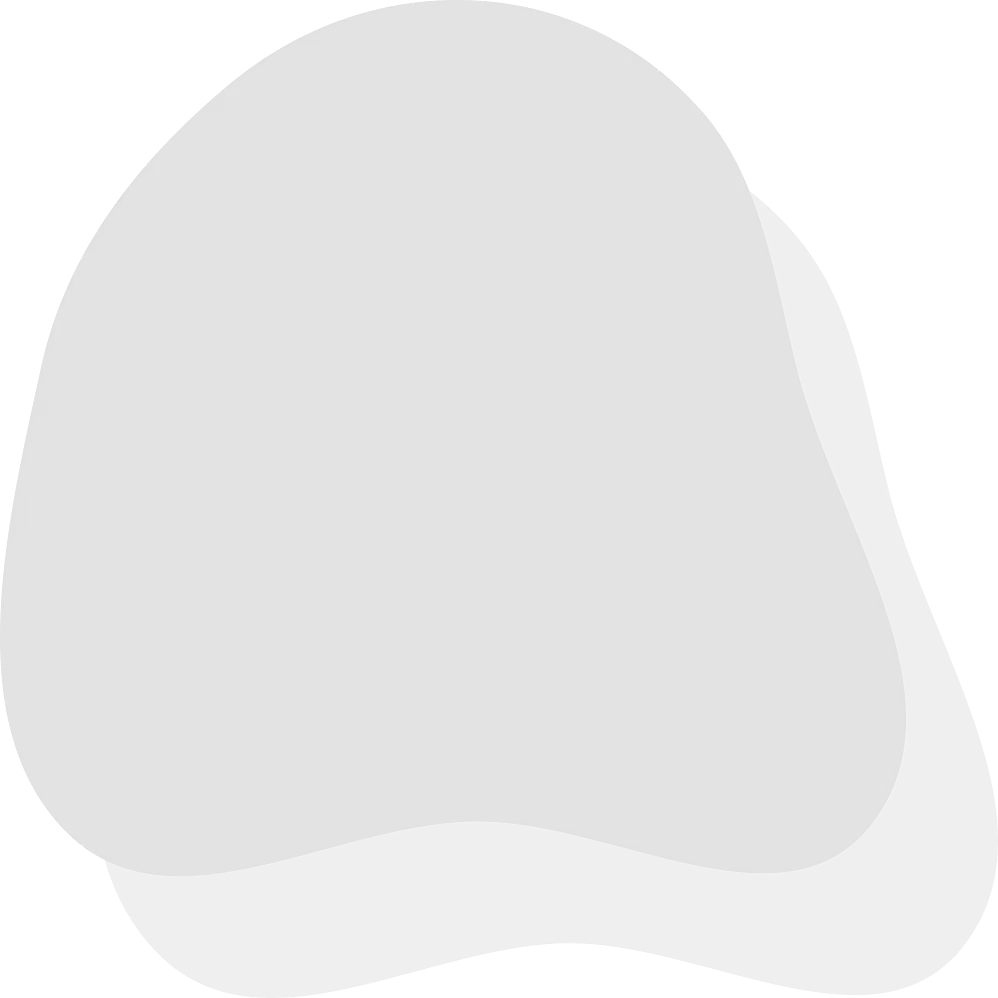Bacteria Facts for Kids
Bacteria are tiny, mostly single-celled organisms that are essential for life, found in many environments and capable of various roles, both beneficial and harmful.
View Article For:

Related Articles
Introduction
They are so small that we need a special tool called a microscope to see them. Bacteria can live in many places: in the soil, on your skin, and even in your tummy! They come in different shapes like balls, rods, and spirals. There are trillions of bacteria on Earth, and they can be found almost everywhere! Some bacteria help us, like when they help us digest food. 🌍
Others can make us sick. Learning about bacteria helps us understand how they affect our lives!
Role In Ecosystems
They help decompose dead plants and animals, returning valuable nutrients to the soil. This makes it easier for new plants to grow! Bacteria also help in breaking down waste materials, keeping our environment clean! 🌍
Additionally, certain bacteria can fix nitrogen from the air, turning it into a nutrient plants need. Without bacteria, many ecosystems wouldn’t function properly, making them essential for life on Earth!
Beneficial Bacteria
Many kinds are beneficial and help us in various ways. For example, the bacteria in our intestines, called gut bacteria, help us digest food and keep our immune systems strong. 💪
Some bacteria are used in making yogurt and cheese, creating tasty treats! 🥛
Bacteria are also employed in composting and waste treatment to help break down garbage. These friendly bacteria play an essential role in keeping our bodies and the Earth healthy!
Pathogenic Bacteria
Examples include Salmonella, which can cause food poisoning, and Streptococcus, which can cause strep throat. 🎤
These bacteria can enter our bodies through food, water, or even through cuts. That’s why washing your hands and cooking food well is very important! 🚰
When we get sick, doctors can give us medicine like antibiotics to help us fight off these harmful bacteria. So, it’s good to know how to protect ourselves!
Bacteria In Research
They help scientists understand how life works. For example, researchers study bacteria to learn more about genetics and cellular processes. 🧬
Some scientists even use bacteria to create medicines and vaccines against diseases. Because bacteria reproduce quickly, they are great tools for testing theories and experiments! 🧪
Exploring the world of bacteria can lead to exciting discoveries that help improve our health and environment.
Bacterial Metabolism
️ Aerobic bacteria need oxygen and can be found in places like soil or in our bodies. Anaerobic bacteria, however, don’t need oxygen and can live in places like deep ocean vents or even in our intestines! 🌊
Some bacteria can eat sugars, while others can consume chemicals, helping them break down materials. This process supports life on Earth by recycling nutrients!
Bacterial Resistance
Scientists are researching how to overcome this resistance and continue to keep us safe from harmful bacteria.
Structure And Function
They also have ribosomes, which are like tiny factories that help make proteins. The outer layer, called the cell wall, protects them. Some bacteria have a tail-like structure called a flagellum to help them move around. 🏃
This simple structure allows bacteria to thrive in various environments!
Reproduction And Growth
This means one bacterium splits into two! It’s like if you had a magic trick that doubled your toys every minute. 🌟
Under the right conditions—proper temperature and food—they can split every 20 minutes! This rapid growth means bacteria can multiply quickly. However, they do not grow in just any environment. Some love warm areas, while others thrive in cold or extreme conditions!
Classification Of Bacteria
Examples include Staphylococcus (Gram-positive) and Escherichia coli, or E. coli (Gram-negative). Some bacteria are also categorized by their shape: cocci (spherical), bacilli (rod-shaped), and spirilla (spiral-shaped). 🌈
This helps scientists keep track of the many different types of bacteria.
Applications In Biotechnology
Scientists use bacteria to make important products like insulin, which helps people with diabetes. 🩸
They also work with bacteria to create bioremediation, helping clean up oil spills and polluted environments. 🛢
️ Bacteria can even be used in producing biofuels, providing a renewable energy source. As researchers learn more about bacteria, we find new ways to use these tiny organisms to help our planet!
DIY is a humongous library of
activities and courses for kids.
Curious?
Gallery of
Did you know?
🦠 Bacteria are so small that we need a microscope to see them!
🌍 There are trillions of bacteria on Earth, and they can be found almost everywhere!
🔄 Bacteria reproduce by a process called binary fission, where one bacterium splits into two!
😊 Not all bacteria are harmful; many help us digest food and make delicious yogurt!
🚰 Pathogenic bacteria can make us sick and can be found in contaminated food and water.
🌿 Bacteria decompose dead plants and animals, returning nutrients to the soil.
🚫 Antibiotic resistance happens when bacteria survive treatments meant to kill them.
🏃 Some bacteria have a tail-like flagellum, which helps them move around!
🌬️ Aerobic bacteria need oxygen to live, while anaerobic bacteria can survive without it!
🧬 Scientists use bacteria to make important products, like insulin for diabetes.


![Bacteria display many cell morphologies and arrangements[9]](https://upload.wikimedia.org/wikipedia/commons/thumb/6/69/Bacterial_morphology_diagram.svg/310px-Bacterial_morphology_diagram.svg.png)
![The range of sizes shown by prokaryotes (Bacteria), relative to those of other organisms and biomolecules[47]](https://upload.wikimedia.org/wikipedia/commons/thumb/0/01/Relative_scale.svg/440px-Relative_scale.svg.png)




